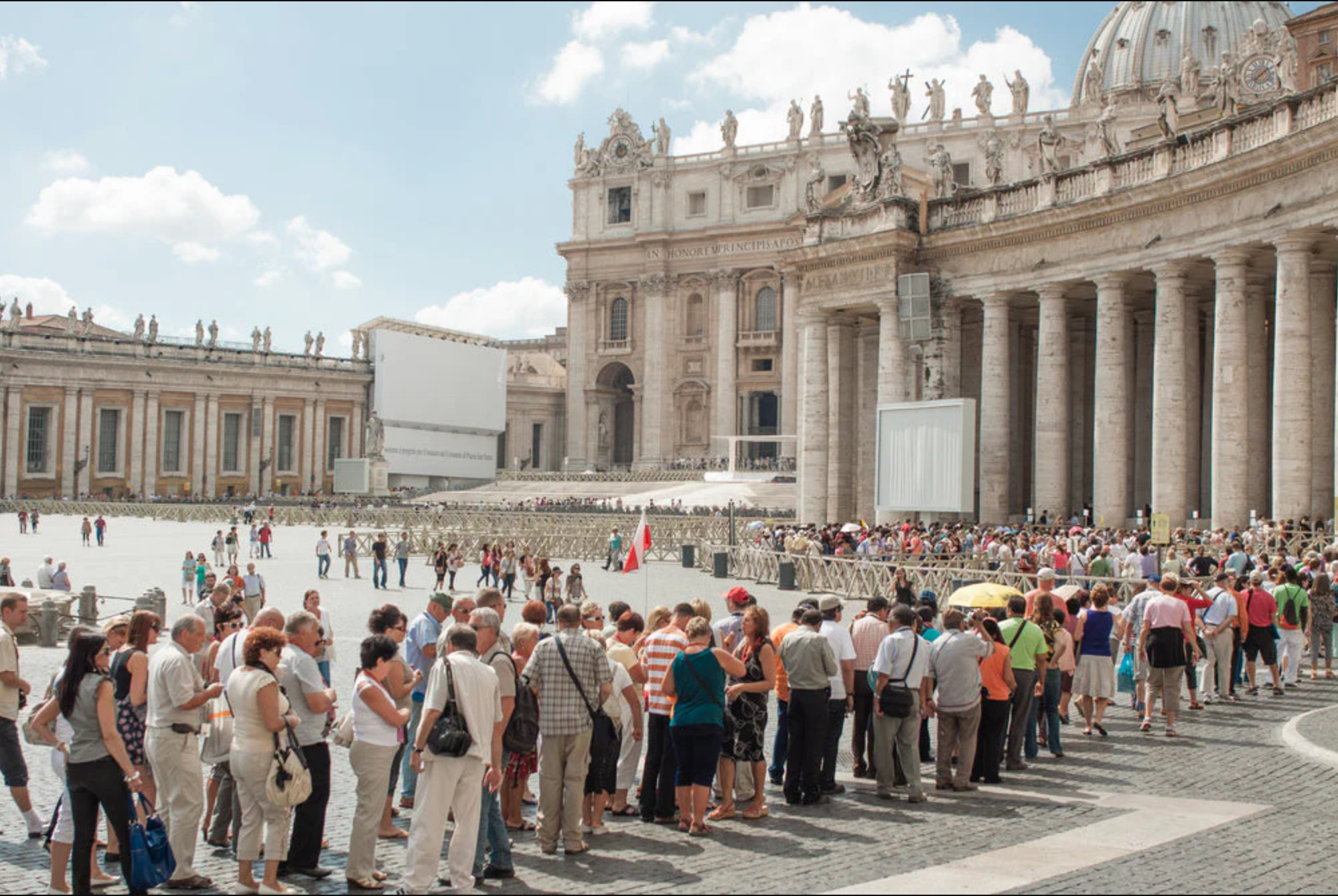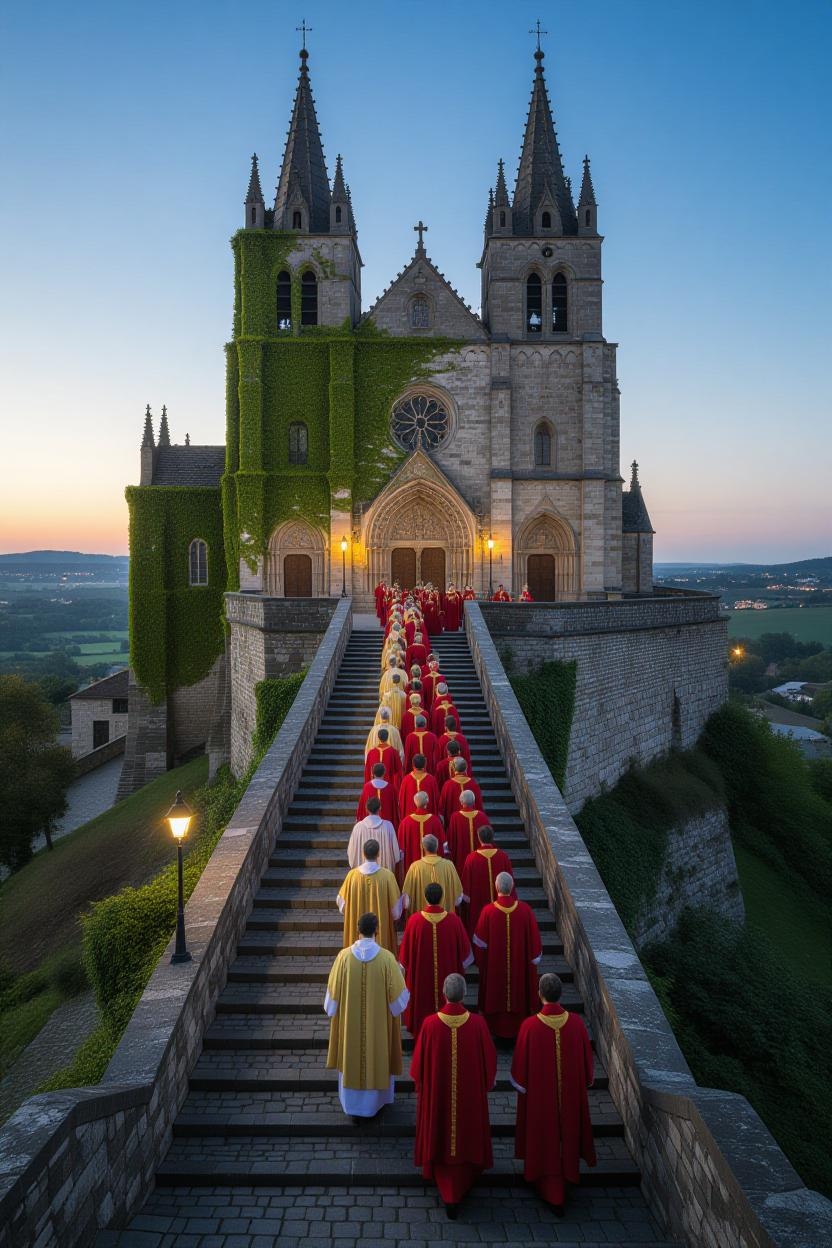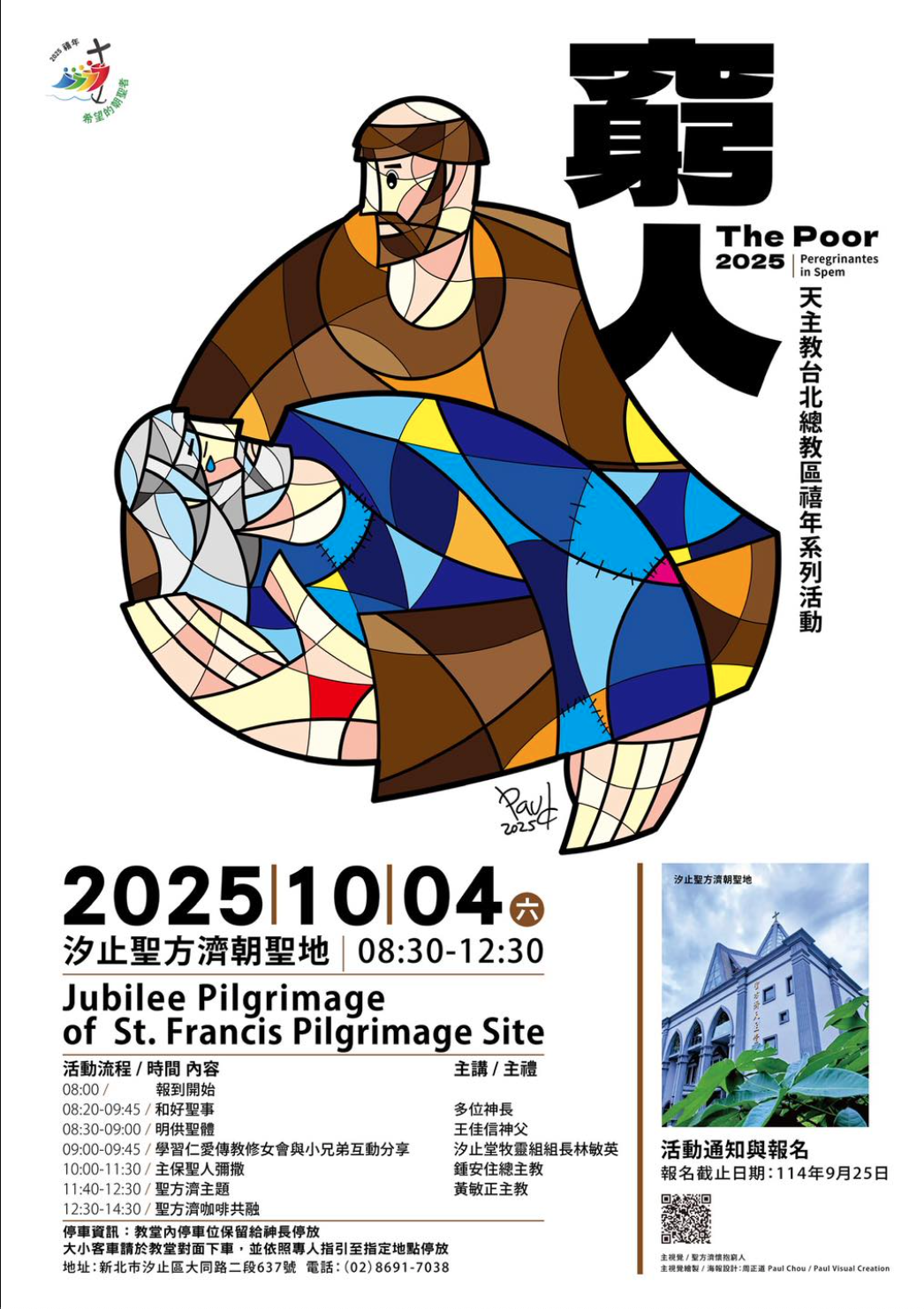What to Expect
Pilgrimage Timeline
Meal
What is a Pilgrimage
Parish History
What is a Pilgrimage?
A Catholic pilgrimage is a spiritual journey to a significant religious site, undertaken to deepen one's faith, connect with God, seek healing, or pay homage to saints and the life of Jesus. It is a devotional act that serves as an earthly metaphor for the soul's journey toward Heaven, and it offers a tangible way for believers to foster a personal relationship with God and their faith.

Key Aspects of a Catholic Pilgrimage
Holy Sites:
Pilgrimages typically involve travel to places connected to significant events in Christian history, the lives of Jesus, Mary, or the saints.
Spiritual Purpose:
The journey is not merely a tourist excursion but a devout act with a deep spiritual meaning, aiming to foster a
closer, more personal relationship with God.
Journey of Faith:
For many Catholics, the entire earthly life is seen as a pilgrimage toward God and Heaven, and these physical
journeys to holy sites are powerful metaphors for this lifelong spiritual path.
Examples of Holy Sites:
Rome: The center of the Catholic faith, making it an important pilgrimage destination for many.
Shrines to Saints: Sites dedicated to specific saints, where pilgrims can connect with their history and faith.
Jerusalem: A major site for Christian pilgrimage due to its connection to the crucifixion, burial, and
resurrection of Jesus.
Historical Context
Ancient Roots:
The practice of pilgrimage dates back to pre-Christian times, with traditions of journeying to sacred sites for
spiritual connection.
Early Christianity:
The tradition gained prominence in early Christianity, with Saint Helena's journey to the Holy Land in AD 328
being a notable early example.
Middle Ages:
Pilgrimage to the Holy Land and other sacred sites became very popular during the Middle Ages.

Modern Purpose
Personal Growth:
Pilgrimages offer opportunities for spiritual renewal, allowing individuals to step out of their everyday lives to encounter God.
Deepening Faith:
By visiting holy places and engaging in the journey, pilgrims can strengthen their commitment to God and their understanding of their faith.
Community and Experience:
Pilgrimages also provide a chance to experience God's creation and connect with fellow believers who share the same spiritual goals.
Flood
The church was a two-story apartment building purchased in 1957 by Father Ouyang Jingyu, a
diocesan priest, in Lane 85, Tingzhou Road. With few parishioners, the living room doubled as the church.
At the time, the area was sparsely populated, with residents belonging entirely to Wanshengli, hence the
name Wanshengli Catholic Church. Nine years later, Father Ouyang passed away, and Father Cui Ruian took
over. That same year, a severe storm flooded the entire second floor, prompting the bishop's office to
sell the site and purchase the current one. At the time, the current building was vacant land, but a
two-story building now stood in the courtyard, with the living room still serving as the church. In 1968,
Father Cui returned to the Congregation of the Missionary Sisters of Patronage as spiritual director, and
was succeeded by Father Li Boji.

Groundbreaking
In July 1968, Franciscan Father Su Li-an of the Order of St. Francis Xavier was entrusted
with the management of the church. The following year, fellow Franciscan Father Fan Yi-cai arrived in
Taiwan to assist. To further their evangelization efforts, the priests actively raised funds, and in
March 1970, groundbreaking ceremony began on the current three-story building, which was completed in December of that year. The first floor served as the church, while the second and third floors housed men's apartments. The church was named after St. Francis Xavier, the patron saint of the order, and was renamed the Wanshengli St. Francis Xavier Church, a name it still uses today.
Men's Apartment Converted
In 1972, the Xavier missionaries concluded their work in Taiwan and returned to Italy,
where Father Li, the original priest, took over. By then, Father Li had suffered a brain injury from a
car accident and traveled abroad for treatment in 1973. Father Wang Wensheng, parish priest of St. Francis Xavier Church in Mount Tai, took over. To promote missionary work, Father Wang invited his cousin's wife and cousin (known as Mother Wang and Uncle Wang) to assist the parish. To meet the needs of the time, he converted the men's apartment into a women's apartment.
Apartment Converted to Order's Home
In 1994, the Xavier Missionaries returned to Taiwan, with Father Bai Mingzhong in charge.
They converted part of the apartment into the order's home in Taiwan and assisted the ailing Father Wang
in parish affairs. After Father Wang Wensheng passed away in 1995, the Xavier Missionaries took over parish affairs, with Fathers Bai, Luo Jianzhong, and Wang Jingren successively serving as parish priests.
Marian Pavillion Built
In 1995, plans began to transform the original two-story building into an activity
center. However, God had His own plan, and although the activity center was lost, the beautiful courtyard
remained. In 2000, renovations to the existing interior and exterior of the church, including the Marian Pavilion, were completed, and a Marian procession was held during the church's anniversary celebration that year.
